David Marc Hoffmann, director of the Rudolf Steiner Archive (until his upcoming retirement), wrote a biography of Rudolf Steiner, tracing his life and work in eight stages. Wolfgang Held met with him for an interview.
Wolfgang Held: Before we come to Rudolf Steiner, I have two questions about your own biography. Your focus was on German studies and history, but you also studied museology, the study of museums. I’d never even heard of that as a degree program.
David Marc Hoffmann I’ve always wanted to help be a mediator, to build bridges. My work over the years always involved some kind of mediation: as editor of Rudolf Steiner’s works, as head of Schwabe publishing, and working with cultural-historical exhibitions—all of which involved mediating between specialists and experts of some subject and the audience, who is often entirely new to the subject.
You did your doctorate on the history of the Nietzsche Archive. That was also a surprise for me: I wouldn’t have thought that Nietzsche’s philosophical angle was up your alley, or was I wrong?
Since my student days, I had been fascinated by Nietzsche and the strength of his existential philosophy. My doctoral focus on the history of the Nietzsche Archive also included questions connected with Steiner. Elisabeth Förster-Nietzsche [Nietzsche’s sister] wanted to win over Rudolf Steiner for her own interests in shaping Nietzsche’s work. The story is well documented in our Rudolf Steiner Archive [in Dornach]. We have countless unpublished materials of correspondence between Rudolf Steiner and Elisabeth Förster-Nietzsche, but also documents on how Steiner organized Nietzsche’s library and on his encounter with the mentally debilitated Nietzsche. I worked through all this in an extensive dissertation. I then went on to study Martin Buber and Meister Eckhart, so you could say I emancipated myself from Nietzsche in a way.
That’s a wide arc from Nietzsche to Buber.
Yes, from I to Thou.
In the introduction to your biography of Rudolf Steiner, you quote his first two Leading Thoughts, each a very condensed anthroposophy. You also call anthroposophy a method, not a doctrine.
The first leading thought gives a definition of anthroposophy—and not just any definition, but one that’s rather striking. It’s the beginning of the end of Rudolf Steiner’s work, almost like a legacy. It states: “Anthroposophy is a path of knowledge that would guide the spiritual in the human being to the spiritual in the universe.” And continues: “It arises in the human being as a need of the heart and of the life of feeling.”1 It doesn’t say anthroposophy is a worldview contained in four hundred volumes of the Collected Works. It says it’s a path of knowledge for connecting the spiritual in the human being with the spiritual in the universe. And where does this connection take place?—in the human being, as a “need of the heart and of the life of feelings.” Such an incredible, intimate description of a method. Anthroposophy is not teaching material; it’s a path of knowledge; but it’s not a sentimental path, not a path of emotion. Steiner emphasizes that anthroposophy is a spiritual science.
Then, you present the second leading thought in your book.
Yes, now he underlines this idea: “Anthroposophy communicates knowledge that is achieved in a spiritual way.”2 When we understand these leading thoughts, then we see that anthroposophy is the means of gaining knowledge, not the content of knowledge. When there’s talk of reincarnation and karma, of re-embodiment and previous Earth incarnations, of the secrets of the Akashic Records, this is not anthroposophy; these are all the results of anthroposophical research. When I look through binoculars or use a magnifying glass, these instruments give me access to certain observations, and magnifying glasses and binoculars are only helpful when they make such things more accessible. To stay with the metaphor—the sharper the focus of the binoculars, the better the content of knowledge. In the same way, I’m interested in anthroposophy; it is helpful for me as a means of gaining knowledge.
You wrote that Rudolf Steiner, in offering these “anthroposophical binoculars,” directs our gaze to the eternal within us.
He wrote about this in his oldest surviving letter to Josef Köck on January 13, 1881. He wrote that he’d stayed up all night working on a philosophical problem. He wanted to find out if what Schelling said was true. Then he quoted Schelling: “We all have a secret, wonderful ability: we can withdraw from the changes of time into our inner depths, stripped of everything that comes in from outside, and behold the eternal within us in the form of immutability.” That also deeply moved me. A twenty-year-old wrote that he gained the ability to behold the eternal within himself, the immutable Beingness [Sein] within himself. That is an encounter with God, where we don’t see God far away in heaven, but on Earth and in us human beings. I like to quote Angelus Silesius: “Hold on, where are you going, heaven is within you; if you look for God elsewhere, you will miss him for ever and ever.”
In this first letter, we have one motif that we see throughout the life of Rudolf Steiner. What’s expressed here in a slightly different way? To behold the eternal in us is to establish the connection between the spiritual in the human being with the spiritual in the universe. Steiner already experienced this as a twenty-year-old, and at the end of his life, he simply formulated it more systematically.
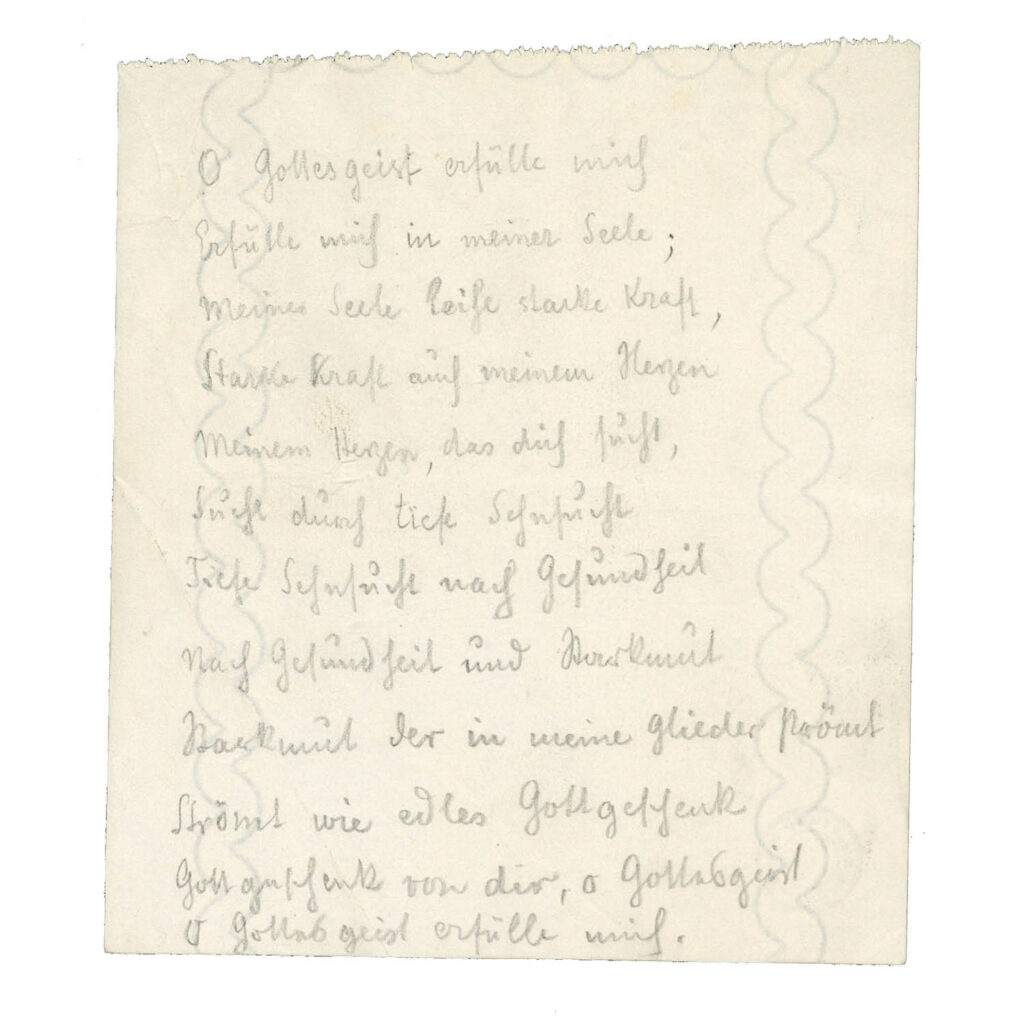
In the book, you describe his formulations as “sometimes wondrously enigmatic.” Is that a characterization of his sometimes-elusive linguistic form?
No, it’s an attempt to tell those who think they know everything that the matter is not so simple. I find more questions than answers with Rudolf Steiner. The world becomes more enigmatic. There’s no question that these insights into the essence of the human being have become the foundation of how I live with myself and my fellow human beings. But this only leads to more questions. The world becomes more and more enigmatic. I distrust anyone who says the world becomes more and more clear. This wondrous enigma has become my basic attitude when working with Rudolf Steiner. I don’t want to offend him by being all too quick to understand. In what I know and what Rudolf Steiner communicates, most of the time, I’m at a complete loss. I can’t possibly take an appropriate stance on, say, descriptions of “Old Saturn” or the incontestable statement, “According to the results of spiritual science, the date of Jesus Christ’s death is April 3, 33.” These are profound riddles. When I realize that, I’ve already achieved a lot.
Now, you’re being humble.
Humility—if one can truly say it without arrogance—has more and more become a life motto for me. I’m moving farther and farther away from the Nietzschean, Stirnerian, “the world belongs to me” attitude, which the early Steiner also possessed to some degree. I mentioned Martin Buber and Meister Eckhart. More and more, I realize how little we know and how we are all on the way. I’ve tried to express this in this biography of Steiner. There are some pithy passages that some may find presumptuous. At the same time, I’ve tried to always present everything in a respectful and open way.
You’re the director of the archive here. Every day, you “bathe” in everything that Rudolf Steiner gave to us and left for us. How did you go through the process of choosing what to include in the biography? What methodology did you use as a guide?
Yes, that’s my cross, you could say. I spend eight hours a day professionally immersed in the materials and content. That’s actually a weight, even a burden, because I know too much, so to speak. You might say you can never know enough about Rudolf Steiner and anthroposophy. But that kind of knowledge only brings an illusory expertise. This kind of knowledge makes one into a kind of connoisseur. I could be called a connoisseur of Rudolf Steiner and his work, but I don’t want to call myself an “expert” on his life and work. I know many things and have access to so many documents, with which I can even contradict a number of passages in his autobiography The Course of My Life. I have documents that say something different from what he remembers. It can make me a bit of a know-it-all and threatens to make me forget that life is much richer than any single document. I recently read a lecture cycle and stumbled across things in many places where I said to myself: “That just doesn’t fit.” That really bothers me, but perhaps I’m also missing something else, something more important.
So, is the path from knowledge to empathy, then?
I’ve tried to pick out the essentials in this biography by doing justice to Rudolf Steiner and what I know as a connoisseur, but I didn’t leave out my expertise on the subject matter either. I didn’t want to leave my intellectual conscience at the coat check in my publisher’s office, so I took it with me as I wrote this biography. In the book, I left my questions in places where the matter just doesn’t make sense to me or where it’s controversial. If we don’t do that, we leave the field to the know-it-alls and the aggressive critics.
“Doing justice to Rudolf Steiner”—I haven’t heard that phrase before.
It was more of a feeling, probably related to my struggle. I’ve been wrestling with this work for decades, with this wondrous enigma. I take him seriously and, at the same time, I ask myself: How can he write something like this? For example, I begin the book with a verse by Rudolf Steiner from his notes; one that’s accompanied me for years:
O Spirit of God, fulfill me,
Fulfill me in my soul;
To my soul, lend strong force,
Strong force also to my heart,
My heart that seeks you,
Seeking through deep longing,
Deep longing for health,
For health and courage,
Courage that flows into my limbs,
Flows like a noble gift from God,
God’s gift from you, O Spirit of God,
O Spirit of God, fulfill meOh Gottesgeist erfülle mich / Erfülle mich in meiner Seele; / Meiner Seele leihe starke Kraft, / Starke Kraft auch meinem Herzen / Meinem Herzen, das dich sucht, / Sucht durch tiefe Sehnsucht / Tiefe Sehnsucht nach Gesundheit / Nach Gesundheit und Starkmut / Starkmut der in meine Glieder strömt / Strömt wie edles Gottgeschenk / Gottgeschenk von dir, o Gottesgeist / O Gottesgeist erfülle mich.
Wonderful verse. It makes the connoisseur fade away and stimulates expertise, real mastery—doesn’t it? When I bring this verse to life within me, then what we talked about before can happen: “Hold on! Where are you going? Heaven is within you.” This “letting heaven be within me,” instead of pointing to it—this is what Rudolf Steiner gives us, beyond anything one may find problematic, incomprehensible, or even pretentious. Sometimes I find statements, where I say, “How can he? He doesn’t leave me free.” Then, I work with a verse like this, and I live with it. And something happens inside me.
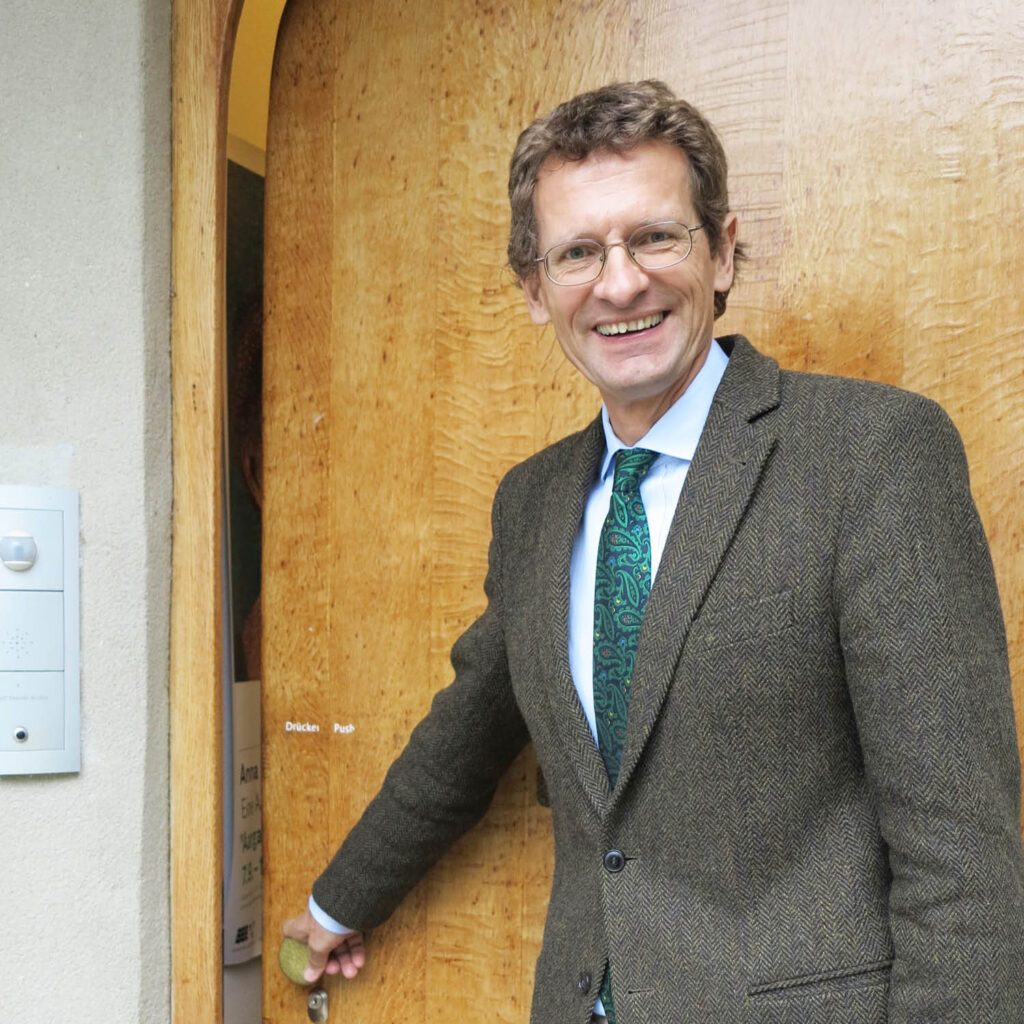
Is this then the gold ground3 of your anthroposophy?
Yes, that’s what I make of anthroposophy—or, what the second sentence says: “It arises in the human being as a need of the heart and of the life of feeling.” That’s not a worldview, not an ideology, not a sect. A completely different dimension comes into play here.
You mention loneliness several times in the book. Is it something you heard from Rudolf Steiner?
Yes, I have the impression that Steiner was a loner. Always. He was social in Weimar and Berlin; he certainly could be. He could “wear many hats.” But basically, he wasn’t just a loner, he was lonely. Later in life, he described, very interestingly (and this also applies to Nietzsche), that the true student of the spirit is homeless. In Nietzsche’s case, he literally lost his German citizenship and was homeless according to the Swiss idea. That’s how they referred to people “sans papier,” without papers, without a passport. And Steiner was probably a homeless person in this world. He describes at the beginning of his autobiography that he found it difficult to orient himself and that he wasn’t strongly attached to the world of the senses. Later, he was more interested in building bridges than in settling down in this world and feeling at home.
You write that Rudolf Steiner lived out of suitcases for decades. The efforts to maintain such a confusing lifestyle are hard to imagine.
Yes, one of the things we have in the stacks of our archive is Rudolf Steiner’s personal library, nine thousand volumes, labeled and sorted by department: Goethe, fiction, philosophy, religion, theosophy, etc. And I sometimes stand in front of it and think: that’s the reason why I can feel like a know-it-all. I have a better overview of his library than he ever had himself. He’s never seen these books organized like this, never had such an overview, and often, he wouldn’t even have the very book he needed. We have a one-thousand-page index, compiled by Martina Maria Sam, with references to all the marginal notes. So, for example, I can quickly and easily look up which of Albert Schweitzer’s books he’d read and commented on. I know more about Steiner’s reading than he did, but I haven’t internalized it. That’s the difference between a connoisseur and an expert or master.
From teacher to scholar—how do you understand this step?
Well, I tried to write the biography prospectively, forward-looking from the perspective of his becoming, his development, not retrospectively from the perspective of what he became. That latter perspective always tries to justify and explain everything in terms of some end goal. For example, I can say that Steiner went to secondary school with the intention of becoming a teacher; the option of becoming a spiritual teacher was not on the table at that time.
I’m fascinated by how this life found its way. It could have gone very differently at so many moments—how Steiner forced himself to overcome Nietzschean and Stirnerian individualism, for example. That was an abyss for him. He stood before nothingness—but was able to bring himself to behold the whole cosmos anew. For Nietzsche, this abyss led to madness. Steiner passed through this zero point. He says that everyone who strives for higher cognition must go this way. He calls it the descent into Hades. Either you perish or, as he writes, a new world opens up, a new heaven and a new Earth. That’s this heaven within us (to mention it again).
I believe, around the turn of the century, in a dramatic and for us rather opaque process, Steiner actually found what’s described in chapter 21 of the Revelation of John: “And I saw a new heaven and a new Earth, for the old heaven and the old Earth are no more.” And in a certain sense, I understand what Steiner went through as a perception (now, we’re getting into rather lofty territory), as a perception of the heavenly Jerusalem here on Earth. That occurred in him and made him a completely different person. It’s hard for us to understand how the same Steiner who drank alcohol, smoked, and was often unreliable with his appointments and deadlines seems to all-of-a-sudden become a mystic.
I know you sing in a choir. Is there an inner echo, now that you’ve finished writing the biography?
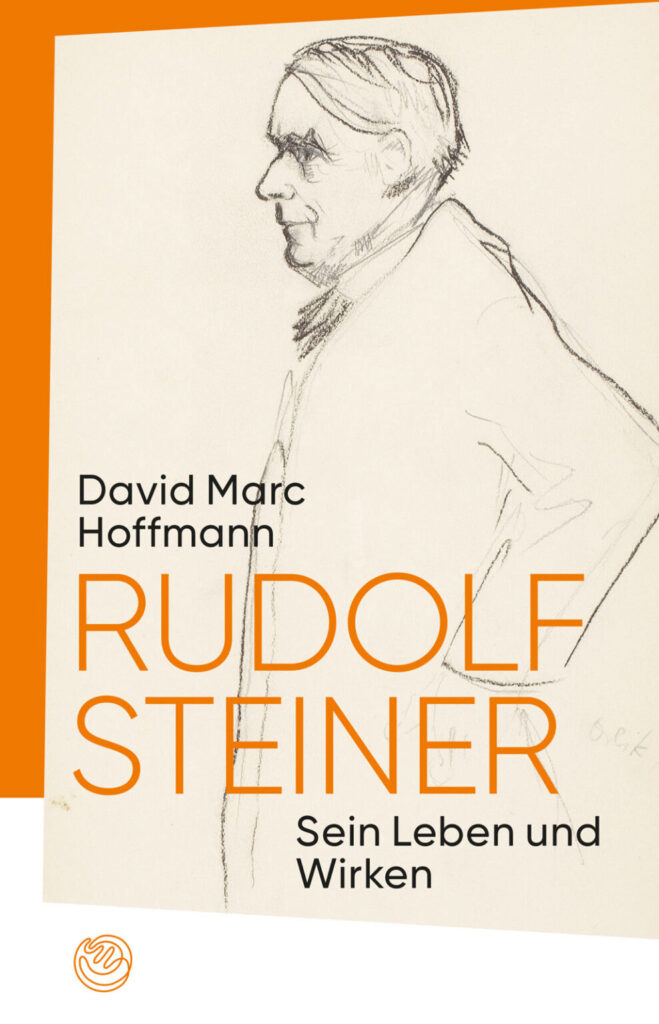
Yes, a kind of quintessence after writing this biography, after 22 years of professional work and daily occupation with the Rudolf Steiner’s life work, what comes to me as an image is—a river. I’ve been working with Rudolf Steiner’s manuscripts, which he revised again and again. I’ve often asked myself: what would it be like if Rudolf Steiner had lived ten years longer? We would have a different Theosophy, a different Occult Science. What I managed as director of the archive is only a snapshot of what would have been if Rudolf Steiner had lived another ten years. So much happened between 1914, the outbreak of war, and 1924! Now, we see the Collected Works as “his work.” We take every word in black and white and think it’s his final word. But everything is in flux. How does the river flow onward? For me, the answer is: the river flows on within me. I don’t have a need to develop anthroposophy further. As I said, I see anthroposophy more like binoculars and a magnifying glass. I must continue to develop the knowledge of the world and the connection between the spiritual in the human being with the spiritual in the universe. That is the continuation of the work for me. And that is the essence of what I owe to him.
Translation Joshua Kelberman
Footnotes
- Rudolf Steiner, Leitsätze—Leading Thoughts. Zweisprachige Ausgabe—Bilingual Edition. Translated by George and Mary Adams, revised by Thomas O’Keefe (Arlesheim, Switzerland: Verlag des Ita Wegman Institut, 2024), p. 81.
- Rudolf Steiner, Leitsätze—Leading Thoughts. Zweisprachige Ausgabe—Bilingual Edition. Translated by George and Mary Adams, revised by Thomas O’Keefe (Arlesheim, Switzerland: Verlag des Ita Wegman Institut, 2024), p. 81.
- “Gold ground” refers to the golden background of Medieval paintings, usually made by real gold leaf—Tr. note.

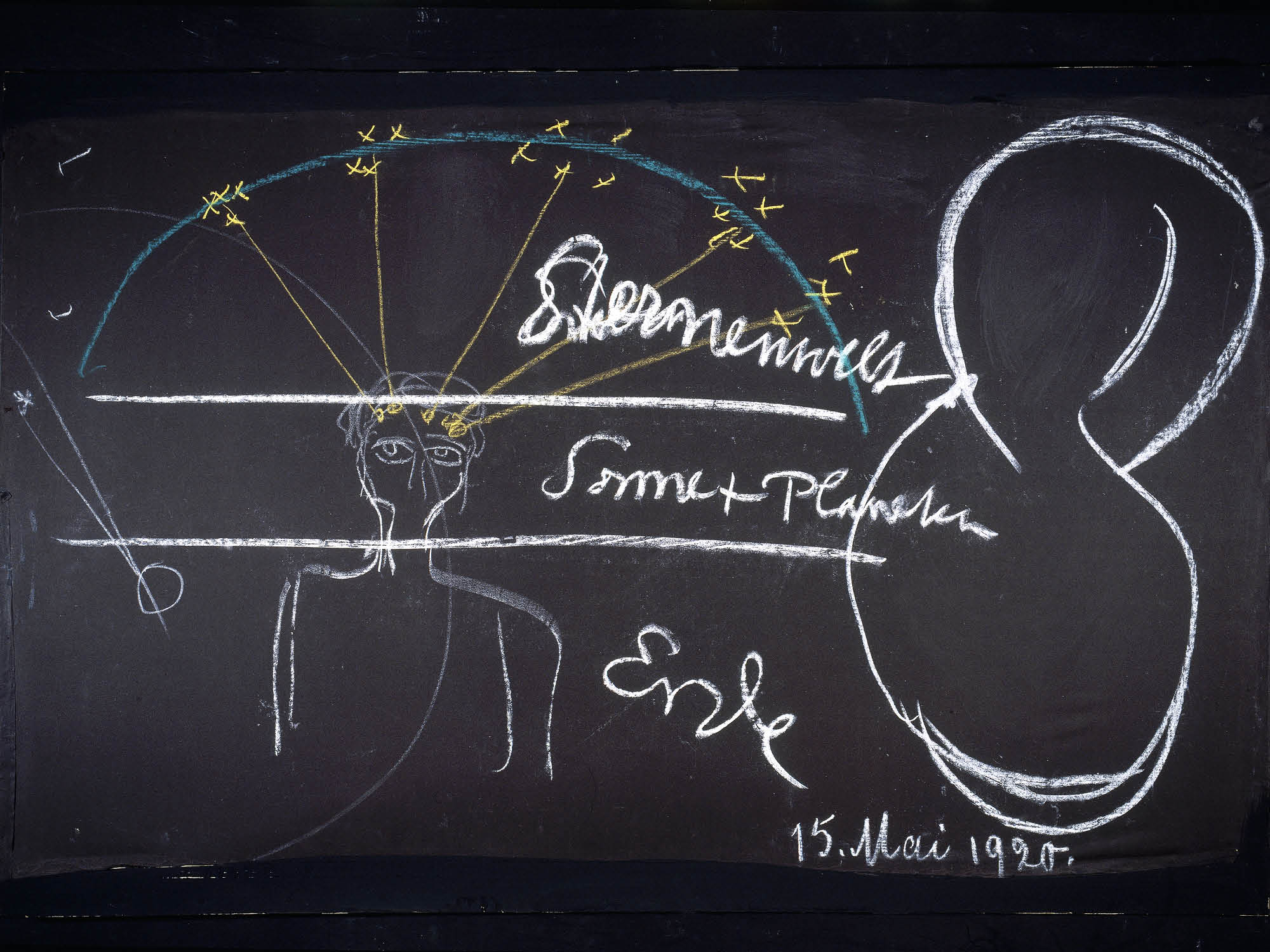

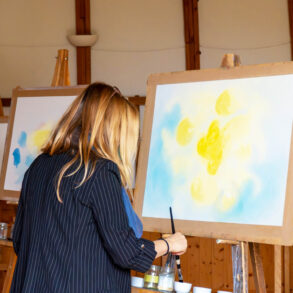
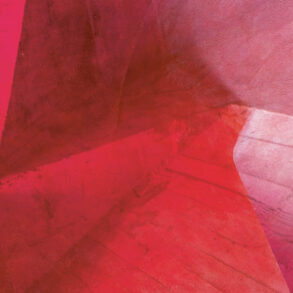
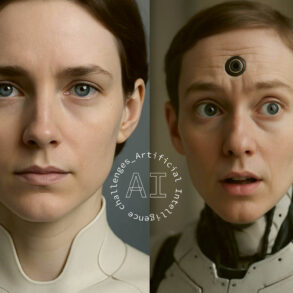


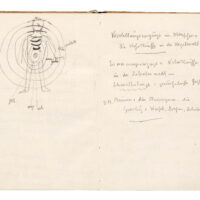

where or where can we purchase this book please?
The book is (only) available in German: David Marc Hoffmann: Rudolf Steiner – Sein Leben und Wirken. Rudolf Steiner Verlag, Basel 2025.